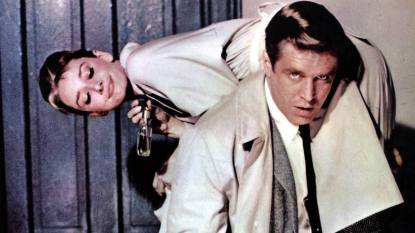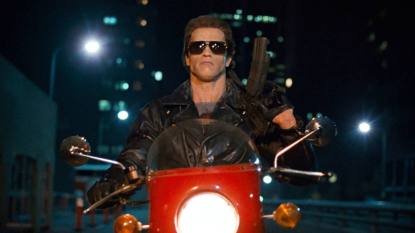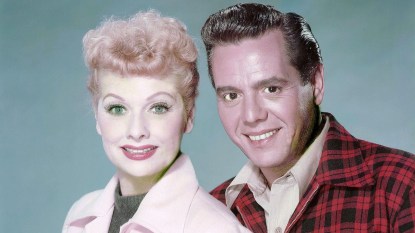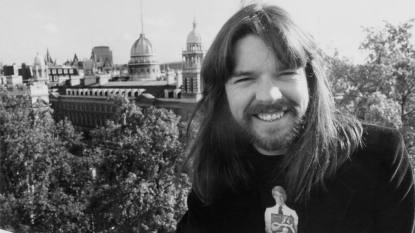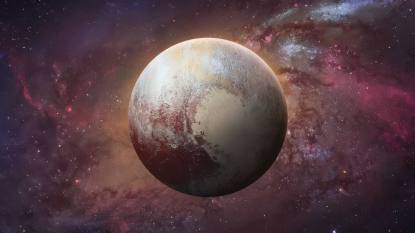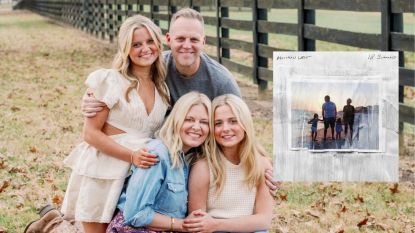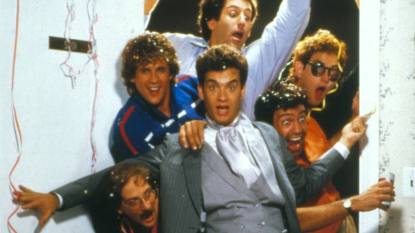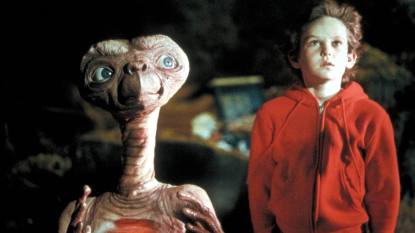Buddy Holly Songs: 14 of His Top Tracks
The Rockabilly pioneer helped create an iconic sound that simply will not fade away!
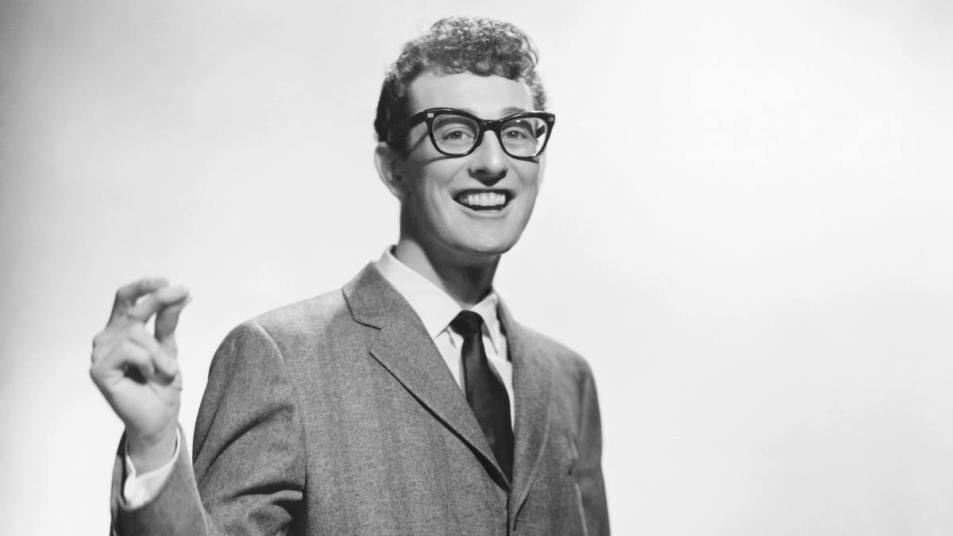
“My life has been what you might call an uneventful one, and it seems there is not much of interest to tell,” Buddy Holly once wrote in a high school essay. Still, the young student — born Charles Hardin Holley in Lubbock, Texas, during the Great Depression — harbored a dream. “I have thought about making a career out of western music if I am good enough,” he wrote, “but I will just have to wait and see how that turns out.”
As we all know now, he would go on to brilliantly live out that dream and create iconic Buddy Holly songs. Although his career would tragically be cut short, his life and his contributions to music are still revered by millions today. In 1986, he was inducted into both the Rock & Roll Hall of Fame and the Songwriters Hall of Fame, with the latter noting that Holly “had more originality and drive at age nineteen than most rock groups ever summon up in their entire careers.”
In those late high school days, he’d form his Western and Bop Band, eventually catching the eye of a Nashville talent scout who brought him to Music City to record for Decca with acclaimed producer Owen Bradley. Holly, however, was frustrated by the process and its results, so back in Texas he continued performing with musical partners such as drummer Jerry Allison as the opening act to other musicians, including a young and on-the-rise Elvis Presley.
MUST-READ: Greatest Rock Bands of All Time, Ranked: This List Will Have You Going “Crazy”
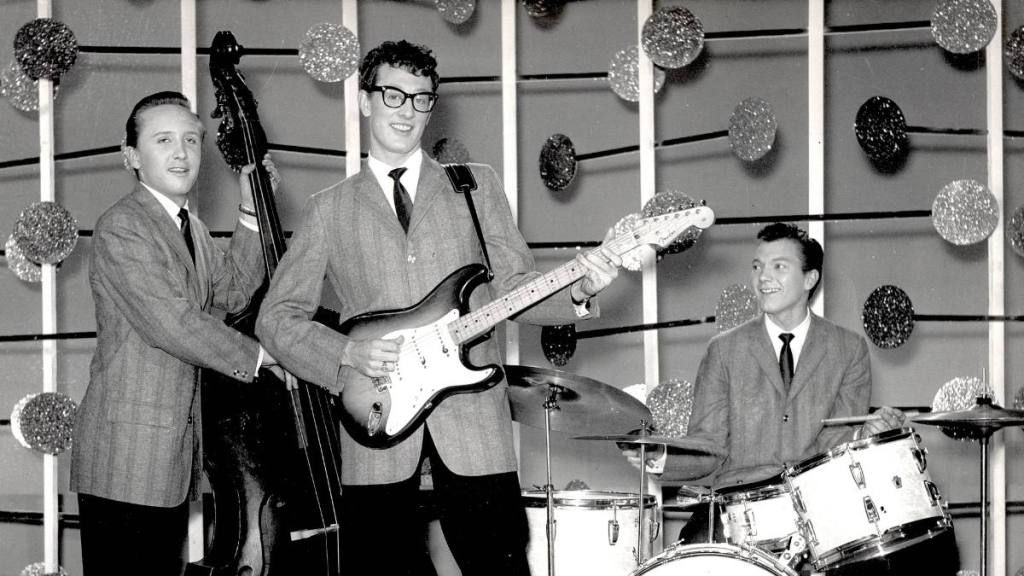
Later recordings in New Mexico with producer Norman Petty led to the formation of The Crickets and, soon enough, “That’ll Be the Day” was a success, cracking the top 5 on both the pop and R&B charts. The rockabilly pioneer, whose sound was described as “Tex Mex” by some critics, was now on the brink of becoming a huge star — and his influence was certainly being felt around the world.
“He was one of my earliest heroes,” Paul McCartney has said, noting that The Beatles were hugely influenced by Buddy Holly songs and the man himself, right down to their name, which was a nod to the Crickets. “Buddy Holly to us was amazing for a number of reasons,” McCartney explained in a BBC Radio 2 documentary. “Normally if you played guitar there was another guy in the group who was the lead guitar who played the solos, but Buddy sang, played guitar and played the solos. He also wrote the stuff. So this was like an all-inclusive one-man band and we really thought that was great. We thought this is what we have to do.”
MUST-READ: 60 Years of Beatlemania: 10 Fab Beatles Moments From 1964
Sir Paul — who’s such a huge fan that he bought the publishing rights to Buddy Holly songs in 1976 — also shared how John Lennon always used to take off his glasses when he was trying to impress the girls. “But when Buddy came along, the glasses stayed on,” McCartney quipped about spectacles suddenly becoming cool. “It was like Harry Potter with all the kids.”
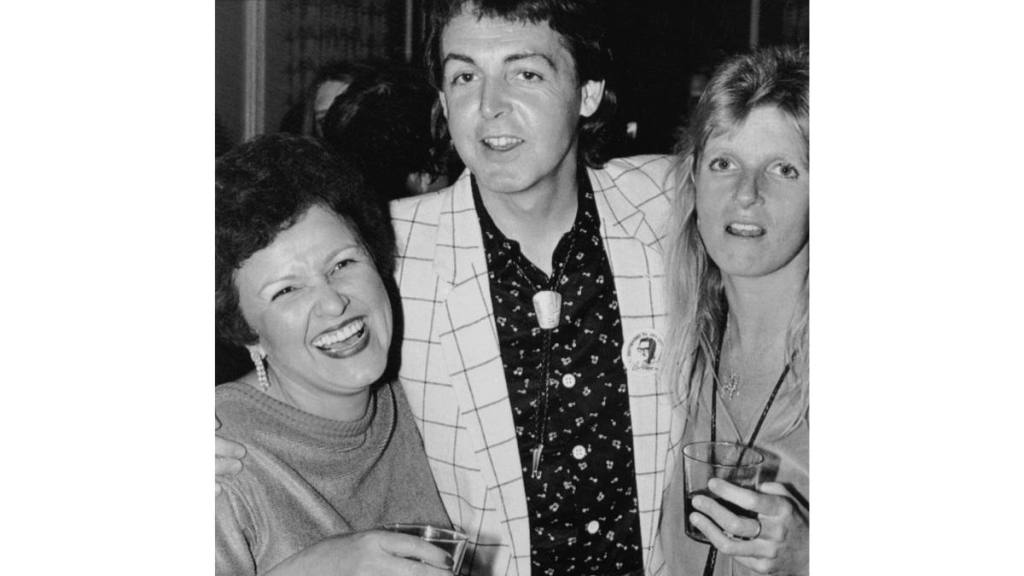
By late 1958, the Crickets had disbanded and Holly had moved to New York City where he met María Elena Santiago, proposing to her on their first date. Less than six months after their wedding, however, Holly was killed in a February 1959 plane crash as he was flying out of a gig in Iowa. The accident also killed Holly’s fellow passengers, Ritchie “La Bamba” Valens and J.P. “Big Bopper” Richardson, and the tragedy would be forever memorialized in Don McLean’s “American Pie” as “the day the music died.” Adding to the heartache was the fact that Holly’s widow miscarried the baby they were expecting, due to the stress of hearing the news.
Like McCartney and McLean, a whole generation of musicians were influenced by the Buddy Holly songs they heard. A few nights before his death, in fact, a young Bob Dylan had watched him perform. “When I was about 16 or 17 years old, I went to see Buddy Holly play [in Duluth] and I was three feet away from him, and he looked at me,” Dylan shared upon winning his Album of the Year Grammy for 1997’s Time Out of Mind, which was a mix of rockabilly, country, blues and rock. “I just have some kind of feeling,” he added, “that [Holly] was … with us all the time we were making this record in some kind of way.”
Let’s take a look at the Buddy Holly songs that, along with inspiring a whole new generation of artists, have entertained fans for decades.
14. “Words of Love” (1957): Buddy Holly Songs
Buddy Holly songs feature Holly harmonizing with himself on this early work, creating a unique sound over the track’s distinctive instrumentation. The Fab Four covered it in 1964 for their Beatles for Sale album. “There was a fabulous guitar bit on the Holly disc, sounding almost like bells. George [Harrison] took the same riff and double-tracked it, and it sounds just as good,” Paul McCartney has said.
13. “Rave On” (1958)
Don McLean classified this song, along with “Peggy Sue,” as “rock mountains that nobody has climbed” since Holly’s death. This one went to No. 5 in the U.K., where teenaged Paul McCartney and John Lennon no doubt lost their minds hearing Holly croon with his distinctive style that featured that signature hiccup in his voice.
12. “It Doesn’t Matter Anymore” (1959): Buddy Holly Songs
This tune, penned by Paul Anka specifically for Buddy Holly, was posthumously released shortly after Holly’s death. It reached No. 13 on the Billboard charts. “‘It Doesn’t Matter Anymore’ has a tragic irony about it now, but at least it will help look after Buddy Holly’s family,” said Anka, who donated all of his royalties to Holly’s widow. Many have covered it, including Linda Ronstadt and Waylon Jennings, himself a former member of Holly’s band.
11. “Heartbeat” (1958)
This was the artist’s second to last single before his untimely passing, and it actually fared better on the charts in the U.K. than it did in the U.S. The endearing, plucky tune was co-written by Bob Montgomery, who also penned Patsy Cline’s “Back in Baby’s Arms.”
MUST-READ: Patsy Cline Songs, Ranked: 10 Classics That Can Get You Through Any Heartache
10. “True Love Ways” (1960): Buddy Holly Songs
Holly recorded this in his last recording session in 1959, and it was another that was released posthumously. The string-heavy song and “Moondreams,” Don McLean has said, “are musically as advanced as anything by the great popular composers. Gershwin or Berlin would have marveled at these compositions.” It’s believed the tune, co-written by Holly, was inspired by his wife, María Elena.
9. “Maybe Baby” (1958)
This mid-tempo Crickets winner was actually recorded at Oklahoma’s Tinker Air Force Base. “I do remember recording those songs there,” Jerry Allison, the band’s drummer, confirmed in 2008 after years of speculation. “I think [producer] Norman [Petty] had the same machine he had at the studio with him, a monaural Ampex machine,” Allison told The Oklahoman, adding that Petty “listened through headphones to get the mix.”
8. “Not Fade Away” (1957): Buddy Holly Songs
Buddy Holly and his band riffed on the famous Bo Diddley beat for this track he co-wrote. They made “the rhythm their own, thanks to drummer Jerry Allison, who pounded out the beat on a cardboard box,” as Rolling Stone noted when it named it one of its 500 Greatest Songs of All Time. Mick Jagger, Keith Richards and The Rolling Stones had their first top 10 hit with a cover of the song, which was their first release here in the States.
MUST-READ: Rolling Stones Songs: 15 of Their Most Rockin’ and Iconic Hits, Ranked
7. “Think It Over” (1958)
This Crickets hit helped to introduce that “chiming, jangly guitar-band sound that set the pace for the self-contained guitar bands of the mid-1960s and after,” as the New York Times noted. Producer and co-writer Norman Petty’s wife, Vi Petty, is credited with playing piano on this stellar classic track.
6. “Oh, Boy!” (1957): Buddy Holly Songs
My, have times (and standards) changed. When Buddy Holly wanted to perform this on his second appearance on The Ed Sullivan Show, the host balked, claiming the tune was too rowdy. As Texas Monthly reported, “Buddy told Sullivan that his friends back home in Lubbock wanted to hear the new hit. Sullivan grumbled his assent, and the version the Crickets played on the air that night was as wild and as insolent as anything television audiences had seen outside of Elvis.” And when Sullivan asked Buddy and the band back on his show for a third time? “Buddy told Sullivan’s people to forget it. The Lubbock boys didn’t need him anymore,” the magazine states.
5. “I’m Gonna Love You Too” (1958)
As Snopes reports, “a real cricket that had made its way into the recording studio did let loose with a chirp that was captured in [this] song’s fade-out, and since the sound fit the rhythm of the tune quite nicely, it was left on the tape.” The myth-debunking site points out, however, this happened months after Buddy Holly and his band had called themselves the Crickets, so the rumor about it influencing their name isn’t true.
4. “It’s So Easy” (1958): Buddy Holly Songs
“Walking out of the theater, I overheard a teenage couple expressing surprise that [Buddy] Holly had composed ‘It’s So Easy.’ They thought it was a Linda Ronstadt original,” wrote famed movie critic Roger Ebert in his review of 1978’s The Buddy Holly Story, which starred Gary Busey as the rockabilly legend. Ronstadt, of course, had a huge hit with her 1977 cover, but the original version from Buddy and his Crickets is how we first fell in love with it.
3. “That’ll Be the Day” (1957)
This is the song that became Holly’s first hit, a re-recording of one he’d done in Nashville in 1956. The title and inspiration came from John Wayne’s The Searchers, co-writer Jerry Allison told Texas Music. “Wayne kept repeating the line, ‘That’ll be the day.’ Buddy said, ‘Let’s write a song,’ and I said, ‘That’ll be the day!,’” Allison recalled, noting that they wrote the future No. 1 hit in about 30 minutes. Linda Ronstadt scored again with a remake of this in 1976.
2. “Peggy Sue” (1957): Buddy Holly Songs
NPR named this one of the 100 most important American musical works of the 20th century, highlighting its “relentless rhythm that keeps rolling at the listener,” as well as its innovative guitar style and Holly’s engaging hiccup delivery. Jerry Allison, who co-wrote it with Holly and Norman Petty, suggested that Holly alter the title. “Buddy had a song started called ‘Cindy Lou.’ I think he had a niece named Cindy Lou,” Allison told NPR, but “I had a girlfriend at the time named Peggy Sue, so I talked him into changing it.”
1. “Everyday” (1957)
“In an age when instrumentation in commercial music was still being solidified, [this song] features an acoustic bass, acoustic guitar, vocals and an odd keyboard come glockenspiel hybrid called a celesta,” Far Out magazine notes of this beautiful Buddy Holly classic. Reverb adds that the results are “dreamy, chiming, and angelic.” Listen closely and you can hear drummer Jerry Allison slapping his knees to keep everyone in time. On top of all that musical genius lays the sweet simplicity of the innocent lyrics: “Everyday seems a little longer / Every way, love’s a little stronger / Come what may, do you ever long for true love from me?”
Keep reading for more music!


